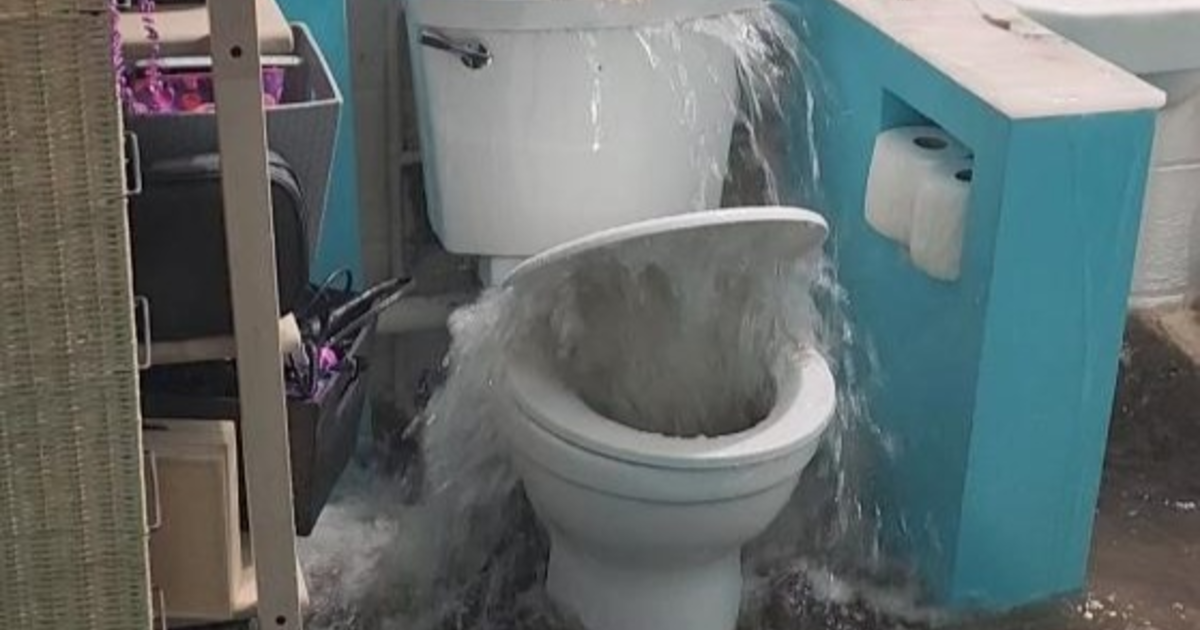Multi-Generational Housing Becoming More Common
Multi-generational housing is far more common today than it was thirty years ago. Multi-generational housing is when two or more generations live in the same home. For instance, millennials might live with their parents in the spare room to save on money while paying back student loans. Or it might be aging parents staying with their adult children while helping to babysit the next generation.
It's not something we've seen very often in the United States when compared to other countries, but it's a sharply growing trend now. According to the Pew Research Center, there are 57 million Americans living in a multi-generational household. That's more than double the 1980s when it was only 28 million. In fact, it's the highest number of Americans living in a multi-generational home since at least the 1940s. That's as far back as the study goes.
Let's learn more about this growing trend in American households and what it might mean for a home mortgage.
Millennials
The major factor in the sharp increase in the number and percentage of multi-generational homes since the Great Recession (2007-2009) are millennials. The barrier to home ownership spiked considerably during this period as underwriting criteria became more stringent with increased regulatory measures, economic stability was still very fragile, and the availability of credit was reduced as banks worried about widespread defaults.
Millennials are defined as young adults ranging from ages 25 to 34. Around 25% of millennials live in a multi-generational household. Compare that to the number in 1980 when it was just 11%. Clearly, that's a substantial increase.
Traditionally, the group of Americans most likely to live in a multi-generational home were the elderly. Now the millennial demographic has surpassed that percentage. People 85 and older live in a multi-generationally home 22.7% of the time. This trend transcends most race and ethnic groups.
Mortgage Applications
When considering home ownership, the first question to ask if you're in a multi-generational household is whether the situation is long-term or short-term? For long-term situations, there are a variety of options when it comes to buying a home. A lot of homebuyers look for homes with multiple master bedrooms and ensuite bathrooms, separate entrances, or a second kitchen.
In addition, there are loan products specifically designed for multi-generational families. While multi-generational homes tend to be larger than standard homes and thus more expensive, there are solutions. For instance, Fannie Mae has the extended-household income flexibility option in their HomeReady program. This allows potential borrowers to include income and resources from the other members of household to help offset other factors.
Understanding the exact circumstances of the potential application is important. There are different arrangements where multiple parties can be on the mortgage loan and the property title or where multi-generational family members are considering to contribute financially, but not as part-owners of the home.
For more information contact Jennifer Dierkhising, Pacific Union Financial, 866-672-3804 or www.jennifersue.net



